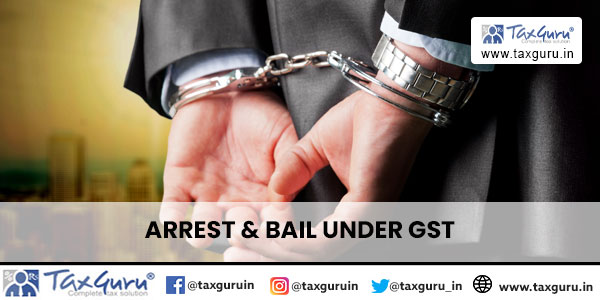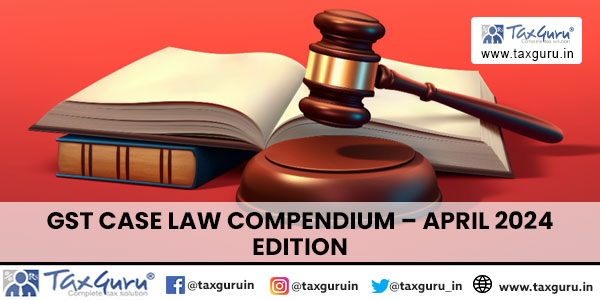CA Goutam Jain
 Equity Valuation becomes easy when the script is listed, Company is active in business & shares are regularly trading. Since market price is ready available in stock exchange website. Further we can average out the daily closing market price of last one year to make it full proof, however it becomes challenge to value unlisted companies equity shares or Companies whose shares are not regularly trade.
Equity Valuation becomes easy when the script is listed, Company is active in business & shares are regularly trading. Since market price is ready available in stock exchange website. Further we can average out the daily closing market price of last one year to make it full proof, however it becomes challenge to value unlisted companies equity shares or Companies whose shares are not regularly trade.
A. When valuation is required –
1. Compliance under section 56 (2) (viib) read with rule 11UA allotment of Shares at premium.
2. Transfer of shares at fair market value under section 52(2) (viia) read with rule 11UA
(Note- Rule 11UA prescribed two method of valuation – NAV & DCF)
3. Allotment of shares to Non Resident & Filing form FC GPR.
4. When Two or More Company Merge or Amalgamate in one & share exchange ratio to find based on fair value.
5. Share pledge as security for raising loan & security value to determine.
6. Purchase & Sales of Business.
7. Transfer Pricing – Share transfer between Associates.
8. Determining Business Value at the time of Family Separation.
9. Other statutory compliances including FEMA Rules.
Methodologies-
1. Net Asset Value (NAV) Method
2. Discounted Cash Flow Method
3. Profit or Dividend Yield Method
4. PE Ratio Method
1. Net Asset Value (NAV) Method
Net Asset represent Net worth of the Company. After reduction of preference share Capital value from net worth of the Company we get value of company to the Equity share holders. Figures of net assets from last audited balance sheet can be taken.
| Calculation under NAV Method | Rs. |
| a. Total Asset excluding Misc Expenditure & P&L Dr Balance | Say 5,00,00,000 |
| b. Less- Total Liability excluding contingent liability | Say 3,00,00,000 |
| c. Net Assets Value (a-b) | 2,00,00,000 |
| d. Less- Preference shares value | – |
| e. Value of net assets attributable to Equity Share Holders (c-d) | 2,00,00,000 |
| f. Number of Equity Shares | Say 5,00,000 |
| g. Value of Share (e/f) | 40.00 |
Important Notes –
- Value of Assets can be modify from audited figures by taking market value of Properties, Listed Investments etc.
- Rules 11UA of Income tax Rules allows only audited balance sheet figures for valuation of equity shares by net assets value method, however value of Liability will not include provisions made for meeting liabilities, other than ascertained liabilities like provision for gratuity & others and net provision for taxation.
- Partly paid up shares should be made equivalent to fully paid up shares by reducing in numbers in proportion to their lesser paid up amount.
2. Discounted Cash Flow Method (DCF)
Discounted Cash Flow Method (DCF) is a complex calculation however it considers not just Companies present situation but also take in to figure, future of the Company. DCF also works for start-up Companies Valuations which do not have track records but has valuation based on business idea & current resources.
Value of firm derived by discounting future cash flows to the company by expected rate of return of Equity & Debt holders. Valuation through DCF imbibe expectation of owners & lenders by considering expected rate of return of both Equity & Debt holders.
DCF becomes more relevant since any decision related to investment is taken considering future return on it & DCF figures out valuation based on future cash flows of the Company.
Process of valuation is as under –
Step 1: Arrive at Projected Profit after Tax
Step 2: Add back non-cash costs i.e. depreciation etc
Step 3: Subtract capital expenditures.
Step 4: Subtract Increases in working capital.
Step 5: Take into account the effect of changes in Debts.
Step 6: Discount the FCFF for each year at the cost of capital.
Step 7: Add the terminal value accruing in the final year.
Step 8: Arrive value of Equity by subtracting debt value.
Step 9: Arrive Value of Equity Share by diving number of shares to value of Equity
Cost of Capital can be derived as under –
Equity Share Holders expected rate of return vary from industry to industry which can be calculated by adding extra return for taking industry specific risk to market expected rate of return.
Technically its equals to Beta*(Expected Return- Risk free return) + Risk free Return
Debt Holder expected rate of return would be after tax interest rate on debt.
and cost of capital is derived by weighted averaging the above rates of return as per total value of Capital & Debt.
3. Profit OR Divided Yield Method
Profit after tax or dividend is divided by Normal rate of return to derive Capitalized Value & the same is divided by number of shares to get value per share.
Capitalize Value = ( Profit / Dividend ) / Normal Rate of Return
Value per Share = Capitalize Value / Number of shares
Generally We take Average profit of 5 years to rule out higher or lower side valuation.
Preference Share Dividend to be subtracted from profit to find profit attributable to equity share holders.
4. Price-Earnings Ratio Method
This method is generally used to calculate listed Company Share Value. It uses Earning Per Share (EPS) & Market Price of Share (MPS) to calculate value of share.
PE Ratio is determined as follow- MPS/ EPS
Investor can average out PE Ratio Companies in same sector to rule out higher or lower side valuation based on one company data.
Value per share – EPS x P/E Ratio
Whenever Company declare its Qrtly results & EPS, Investor by using particular sector PE Ratio can find Value of Share to take investment decision.
Selection of Method Decision
Discounted Cash Flow Method & Net Assets Value Method are the most used methods to value Shares since both method uses wide range of data & capture lot of figures to derive Value of Share.
It is always advisable to Value Share by Earning OR Market Based Method i.e. Discounted Cash Flow Method for Companies in to Manufacturing & Service. Net Asset Value Method is used by Investment Companies.
Valuation by Earning & Market based method can be cross check by other method.
(Author is Partner of G Y & Company – 42, 3rd Floor, 20/24 Morarji Velji Building, Dr. M.B. Velkar Street , Marine lines , Mumbai – 400 002. Author can be reached
Disclaimer: The contents of this article are for information purposes only and does not constitute advice or a legal opinion and are personal views of the author. It is based upon relevant law and/or facts available at that point of time and prepared with due accuracy & reliability. Readers are requested to check and refer to relevant provisions of statute, latest judicial pronouncements, circulars, clarifications etc before acting on the basis of the above write up. The possibility of other views on the subject matter cannot be ruled out. By the use of the said information, you agree that Author / TaxGuru is not responsible or liable in any manner for the authenticity, accuracy, completeness, errors or any kind of omissions in this piece of information for any action taken thereof. This is not any kind of advertisement or solicitation of work by a professional.
(Republished with Amendments by Team Taxguru)





















What is the simplest way to value Eq Share of a pvt ltd co shares held by 7 persons. 2 out of them hold over 90 pc share .
What will be the treatment of deferred tax assets in the valuation of shares with NAV Method
Now CA’s cannot do the share valuation
Please suggest a valuation certificate is valid for how long? Can We use that same certificate for allotment within period of 6 months.
is there any method for valuation of listed shares in avg method of 6 months.
Very nice article sir